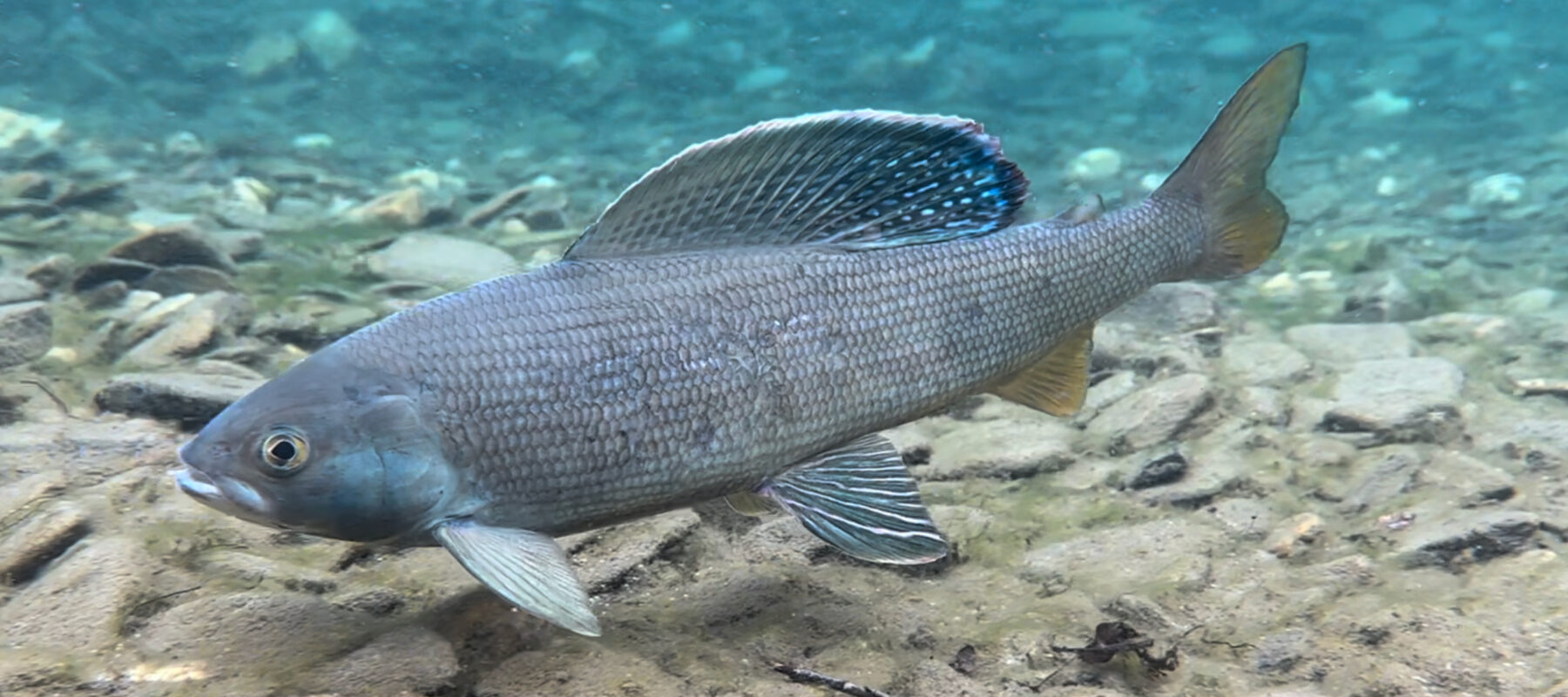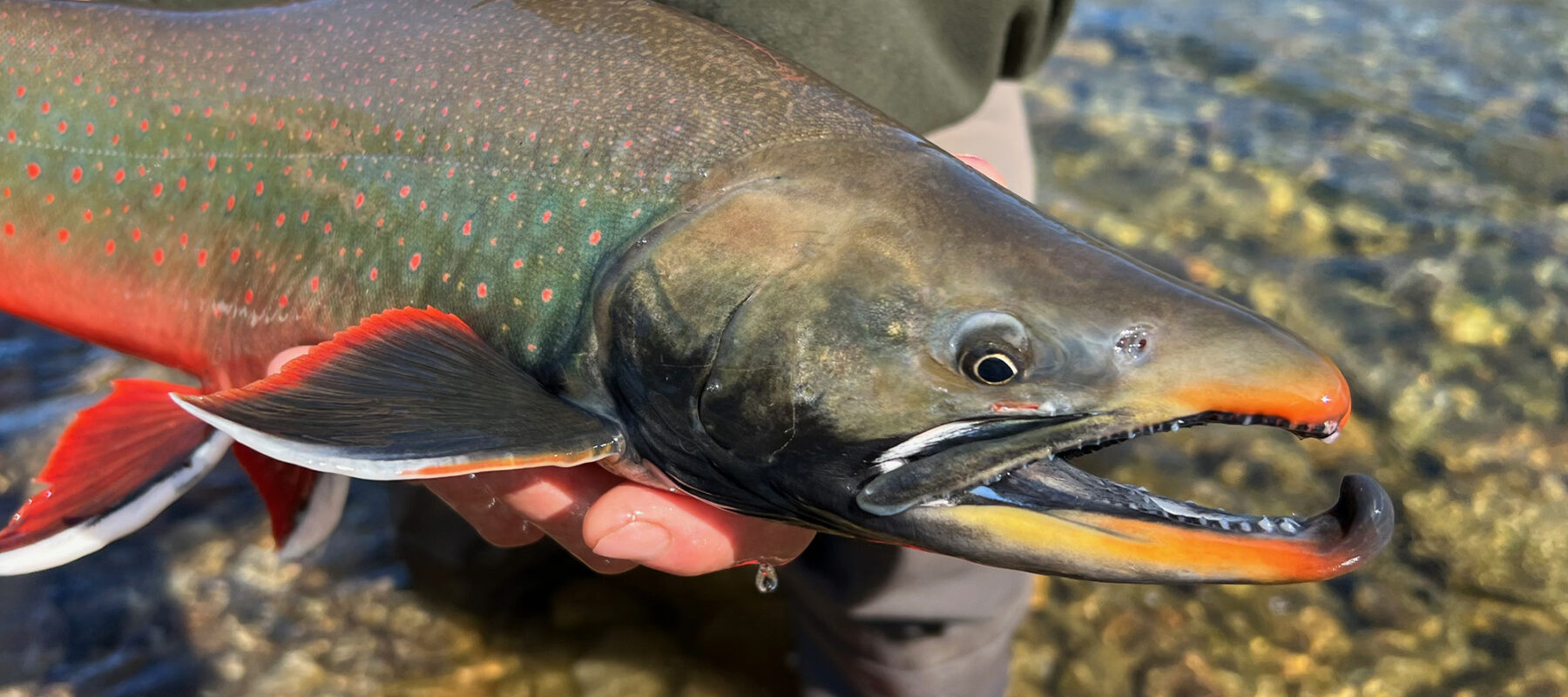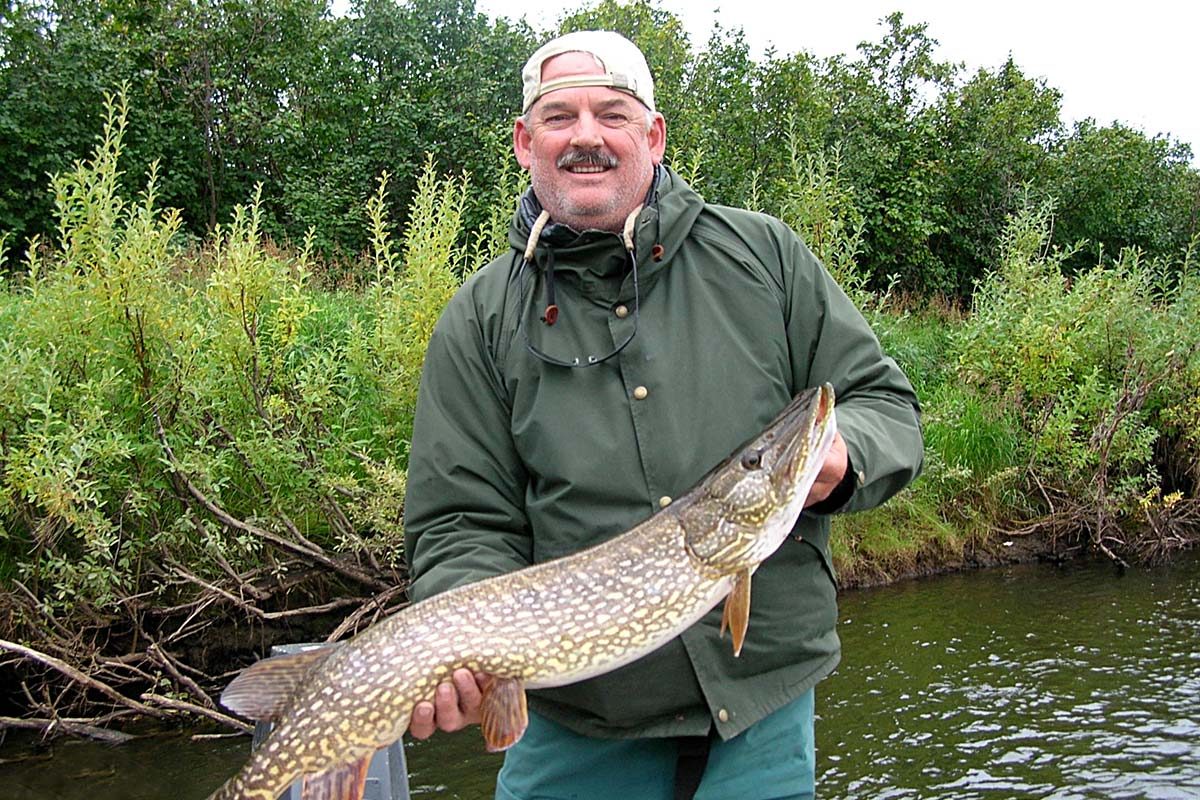These unique fish demand clear, clean water to survive, the main reason that they are all but extinct in the lower 48. They thrive on the Seward Peninsula, and are a great sport on a fly rod. Arctic grayling are the oldest fish in the bunch up here and are known to live for as long as 30 years. Arctic grayling undertake annual migrations within the river seeking out spawning areas in the early spring and then moving to summer feeding areas where they remain until moving to a suitable over wintering location in the late fall.
Arctic grayling in Norton Sound streams can reach a very large size because of the influence of large runs of pink salmon on the productivity of watersheds. Salmon bring tons of marine derived nutrients into fresh water each year. In addition, they provide a more direct benefit to resident grayling in the form of salmon eggs and fry.






1 Comment.
do you drop off and provide a raft for a couple days for 2 or 3 people how much thank you tom malone